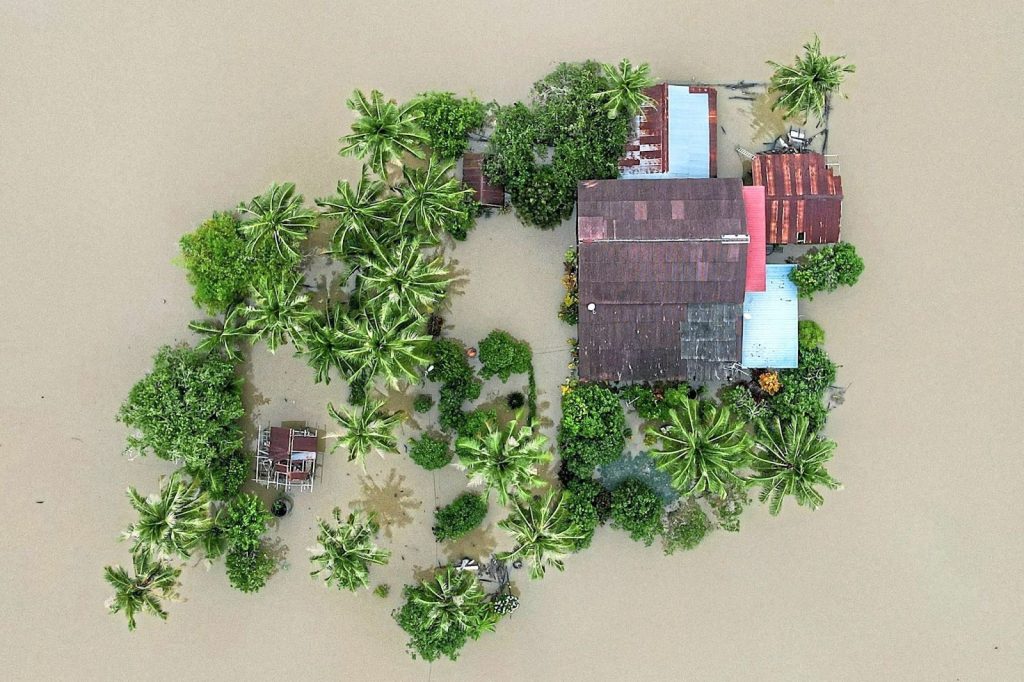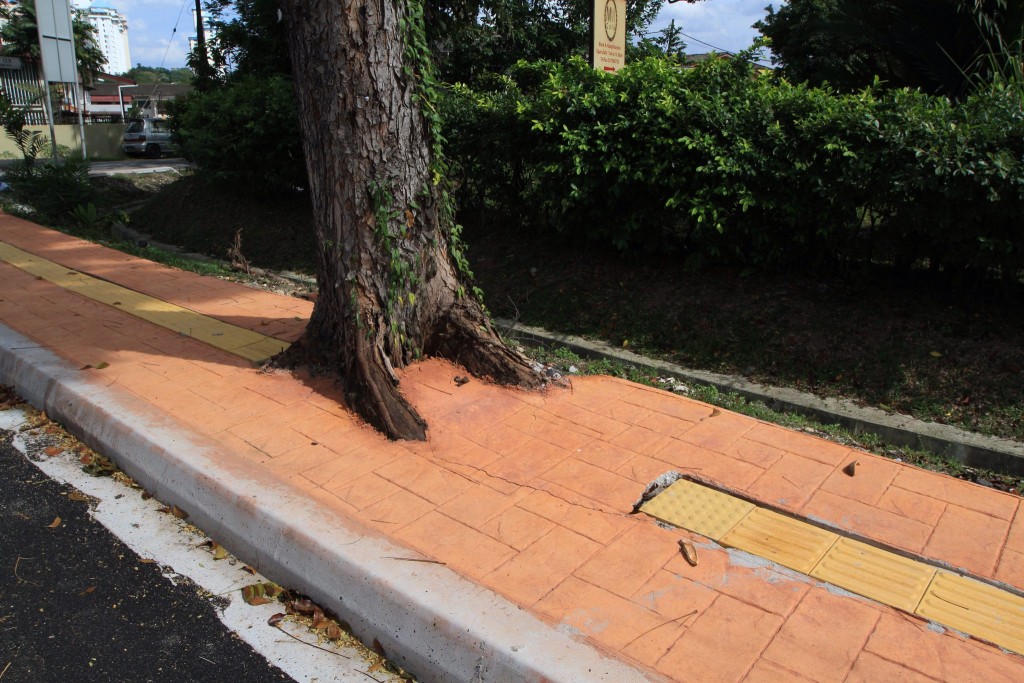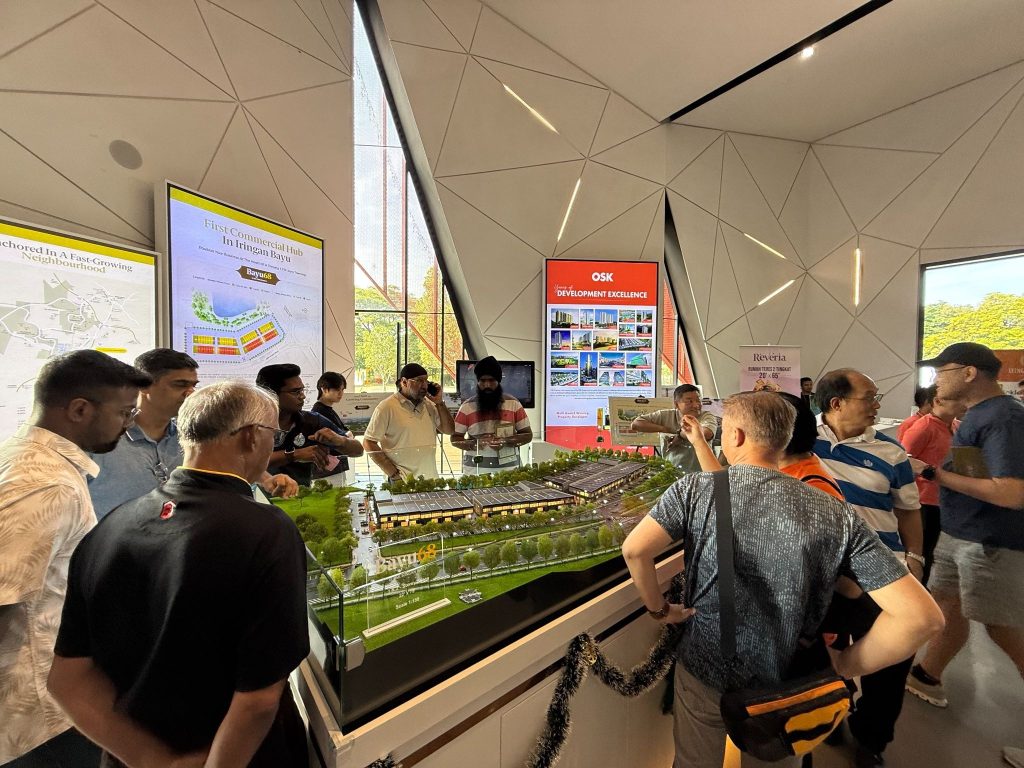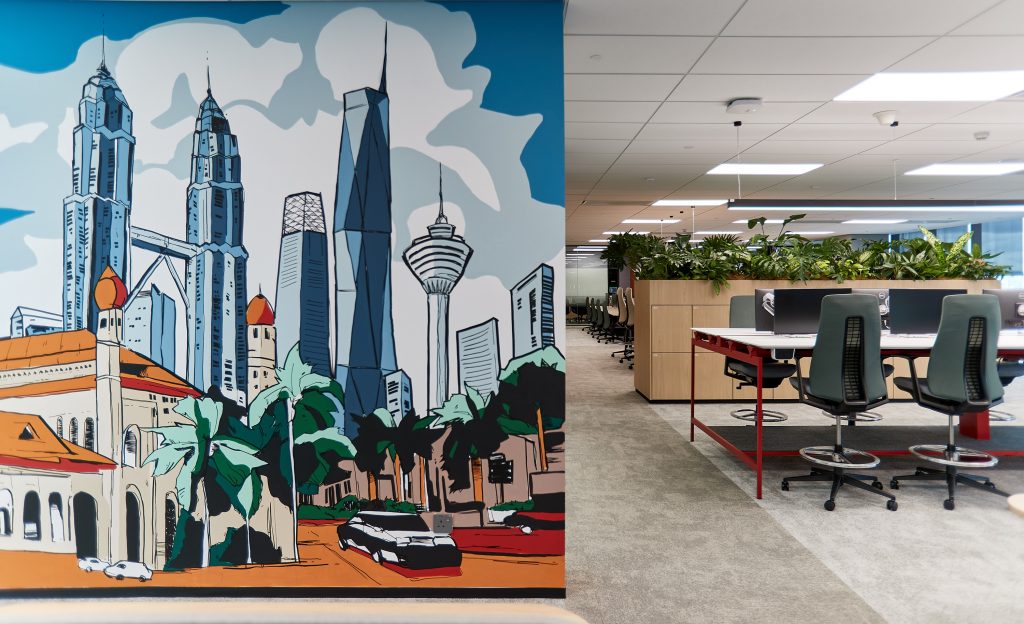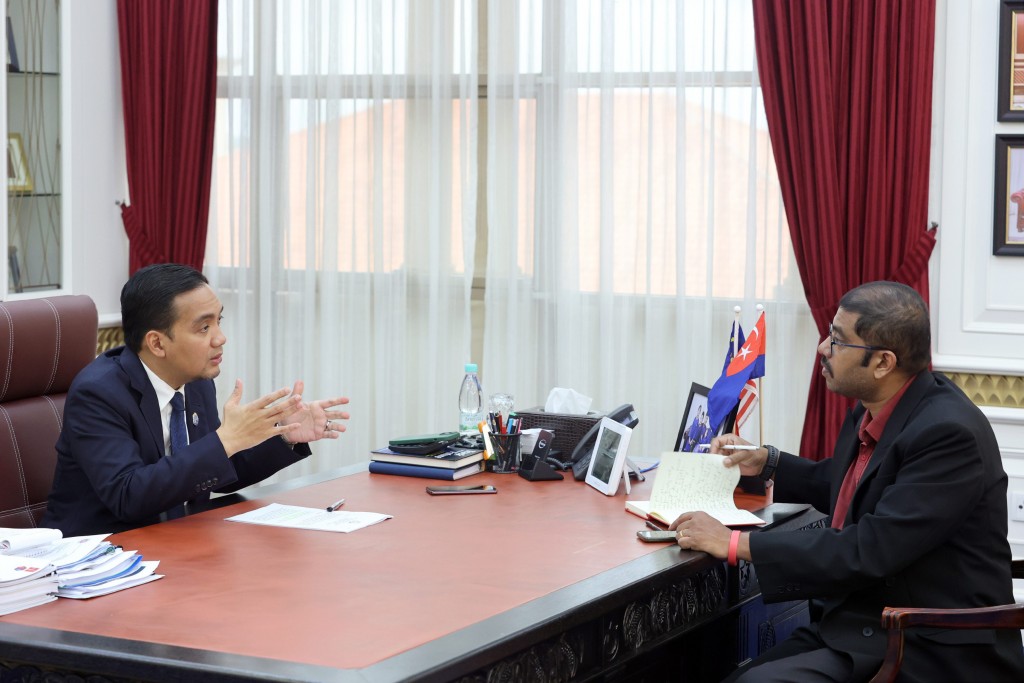Contributed by Sharika Tasnim
Malaysia is grappling with worsening floods in several northern states as continuous heavy rain has inundated low-lying areas, forcing thousands of residents to flee their homes. Perak, Kedah and Penang are among the hardest-hit states, with nearly thousands of evacuees recently housed at temporary relief centres as authorities brace for more downpours in the coming days.
But in the age of artificial intelligence (AI), a powerful shift is underway. Once seen as unpredictable acts of nature, floods are now being studied, forecast and mitigated with unprecedented speed and accuracy through data-driven technology. The question is no longer whether we can predict floods but how accurately and how fast we can do it.
For decades, flood management relied on physics-based models, using mathematical simulations that replicate how water moves through rivers, soils and cities. These tools, although scientifically robust, require vast amounts of data and computing power. Every prediction requires detailed information about topography, soil type, land use and rainfall—all of which change constantly.
Indeed, as floods become fiercer and more frequent, complex calibration, specialised expertise and massive computational costs make flood prediction nearly impossible in many regions.
The integration of AI into flood forecasting and management could represent one of the most significant paradigm shifts for the property development sector in Malaysia. The technology transforms flooding from an unpredictable natural disaster into a quantifiable, forecastable risk.
For developers, this means the competitive edge is moving away from basic compliance and towards the creation of genuinely climate-resilient urbanism.
Rise of AI flood forecasting
From machine learning (ML) to deep learning (DL), AI is transforming flood risk management. Unlike traditional models that rely on rigid equations, AI systems learn directly from data from satellite images, rainfall sensors, river gauges, and even social media posts. They don’t just crunch numbers; they recognise patterns and relationships invisible to the human eye.
For example, Support Vector Regression (SVR) models can forecast river discharge rates days in advance. Random Forest classifiers distinguish high-risk flood zones from low-risk ones with impressive precision. And deep learning networks—like Convolutional Neural Networks (CNNs) and Long Short-Term Memory (LSTM) models—analyse real-time satellite imagery and rainfall sequences to predict where the next flood surge will strike.
These models aren’t just smart—they’re fast. In a crisis, minutes matter and AI can turn vast, messy datasets into actionable insights within seconds.
AI on the frontlines
In the Netherlands—a country synonymous with water management—AI is already saving lives. Smart dike systems use real-time data from Internet of Things (IoT) sensors to predict structural weaknesses and optimise dam operations.
Meanwhile, in Australia, AI-driven Geographic Information Systems (GIS) track rainfall and river flow data across the continent. These systems feed into adaptive flood management strategies, helping authorities make split-second decisions about evacuations and emergency resource deployment.
These examples highlight a critical shift — from reactive disaster response to proactive, data-informed flood prevention.
The promise of prediction
The potential is staggering. AI models have achieved up to 90% accuracy in distinguishing flooded from unflooded areas. They can generate real-time flood maps, assess infrastructure damage and even guide drones—known as Unmanned Aerial Vehicles (UAVs)—to deliver aid or scout safe evacuation routes.
And it’s not just about reacting after the fact. AI’s true strength lies in anticipation. By analysing rainfall patterns, soil moisture and river inflow, AI can issue early warnings days before disaster strikes—giving governments and citizens precious time to act.
The urban flood challenge
Nowhere is this transformation more critical than in cities. Urban flooding—the kind that turns streets into rivers—has become one of the fastest-growing risks in the world. Paved surfaces, poor drainage and extreme weather create a dangerous mix. Asia, in particular, faces the brunt: from 2000 to 2019, the region experienced over 57% of global natural disasters, with floods leading the charge.
Algorithms such as Artificial Neural Networks (ANNs) and Adaptive Neuro-Fuzzy Inference Systems (ANFIS) are learning to model urban flood dynamics in real time, factoring in variables like drainage density, soil permeability and even human mobility patterns. The result? Forecasts that not only predict when and where floods will happen but also who will be most affected.
A smarter, faster and fairer future
Despite remarkable advances in flood forecasting, experts caution that significant challenges remain. AI systems, while powerful, depend heavily on high-quality, real-time data. Many developing regions still face gaps in reliable data collection and monitoring infrastructure. To maximise the effectiveness of AI tools, it is crucial to integrate diverse data sources, such as satellite imagery, rainfall and river sensors, Internet of Things (IoT) networks and even community-reported observations. This combination of technology and local knowledge ensures that predictive models are accurate, actionable and inclusive, reaching communities that might otherwise be overlooked.
The urgency for such solutions cannot be overstated. Floods continue to wreak havoc across several Malaysian states each year, leaving behind tragic human and economic consequences. Thousands of residents are forced to evacuate their homes, livestock and crops are destroyed, farmlands are submerged and property damage reaches millions of ringgit. Beyond the immediate losses, floods disrupt livelihoods, education and local economies, compounding the long-term effects on communities.
Emerging technological approaches, particularly AI-powered forecasting and data-driven systems, offer a transformative opportunity. These tools can analyse vast amounts of environmental data in real time, identify high-risk areas and issue early warnings days before a flood strikes. By enabling authorities to plan proactively, allocate resources efficiently and implement timely preventive measures, AI can dramatically reduce the scale of destruction.
Ultimately, the integration of AI into flood management represents more than just a technological innovation—it is a pathway toward climate resilience. By moving from reactive crisis response to proactive, informed planning, cities and communities can better protect lives, safeguard livelihoods and ensure that the inevitable floods no longer translate into inevitable devastation. With the right data, tools and strategies, the future of flood management in Malaysia can be smarter, faster and fairer.
This article was first published in StarBiz 7.
Stay ahead of the crowd and enjoy fresh insights on real estate, property development, and lifestyle trends when you subscribe to our newsletter and follow us on social media.




